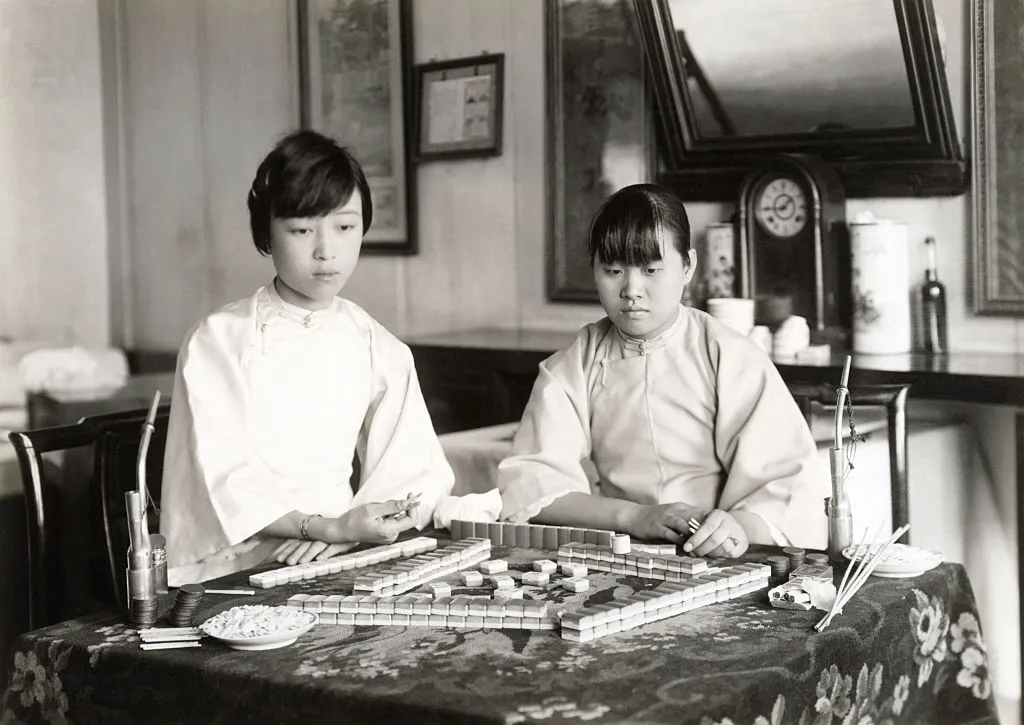Mahjong, a game deeply rooted in Chinese culture, has captivated players worldwide with its intricate strategy and rich symbolism. While often marketed as an ancient pastime, its origins are relatively modern, dating back to the mid-19th century during the Qing Dynasty in Southern China. This rummy-like tile game, traditionally played with 144 tiles, evolved from earlier card games such as Madiao and Ya Pei, reflecting centuries of cultural refinement.
Origins and Evolution
The name “Mahjong” translates to “sparrow” in Mandarin, inspired by the bird-like clacking sound made when shuffling tiles. Legends attribute its creation to Confucius due to his love for birds, though this is widely considered apocryphal. The game gained popularity during a turbulent period in China’s history, spreading through treaty ports opened after the Treaty of Nanking.
Mahjong’s design reflects Chinese traditions and philosophies. Each tile carries symbolic meanings—dragons represent power, winds signify direction, and suits like bamboos and circles embody elements of nature. These symbols add depth to gameplay, making Mahjong not just a game but a cultural artifact.
Global Expansion
Mahjong transcended borders in the early 20th century. British clubs in Shanghai introduced it to Western audiences around 19001. Joseph Babcock, an American businessman, brought Mahjong to the United States in the 1920s after encountering it during his travels in China. He simplified the rules and marketed it as “Mah-Jongg,” sparking a nationwide craze. By the mid-20th century, Mahjong had become a staple in American homes, particularly among wealthy women who embraced its exotic appeal.
In Japan and Korea, Mahjong adapted to local cultures, giving rise to regional variations. American Mahjong evolved further with unique features like “Charleston” tile exchanges and annual rule updates by the National Mah Jongg League.
Cultural Significance and Challenges
Despite its global popularity, Mahjong faced challenges in its homeland. After the Communist Revolution in China during the late 1940s, Chairman Mao banned Mahjong as a capitalist activity due to its association with gambling. The prohibition lasted until 1985 when restrictions were lifted, allowing the game to regain prominence.
Today, Mahjong serves as more than entertainment—it is a bridge across generations and cultures. In China, it is often played during festivals and family gatherings, symbolizing unity and tradition. Globally, it continues to thrive as a social activity that fosters connections among diverse communities.
Why Mahjong Endures
Mahjong’s enduring appeal lies in its adaptability. It can be played for high stakes or purely for fun, making it accessible to players from all walks of life. Its combination of strategy, symbolism, and social interaction ensures that Mahjong remains a timeless classic.
Whether you’re drawn by its historical roots or intrigued by its gameplay dynamics, Mahjong offers a unique glimpse into Chinese culture while inviting players worldwide into its intricate world of tiles and tactics.

